BY HALEY REEDY
One in three students at Wadsworth High School self-reported experiencing anxiety. Two in five self-reported experiencing depression. Many other students at WHS experience a multitude of other mental illnesses daily.
Mental illnesses have affected people long before the pandemic, but counselors, doctors, and therapists are beginning to make and design more programs with the intent to help teenagers. The goal is to avoid or handle the crisis of these illnesses that have been brought on by all the societal changes caused by COVID-19.

The Bruin conducted a survey which was distributed throughout the English department, with the expectation that all teachers would pass out the survey to their students.
In total, the Bruin received 884 responses from students who voluntarily took the survey.


“I’m not surprised at these numbers, they are right about what I had expected,” said Sara Kopacko, prevention specialist for Wadsworth High School.
46% of the student population that took the survey, self-reported that they are medically diagnosed with a mental illness.
“The most common mental illness that we see right now is anxiety and I would also say depression, they go hand and hand,” said Dr. Dipti Sekhsaria, a pediatrician from Akron Children’s Hospital.
The survey concluded that 30.7% of students said they had been diagnosed with anxiety and 20.2% had been diagnosed with depression.
“The National Institute of Health reported that anxiety is increasing in the age group of 13 to 18, so we are seeing the numbers go up and up,” Sekhsaria said.
The survey also concluded that 39.5% of students’ immediate family members were diagnosed with anxiety and 34.7% were diagnosed with depression.
“Genetics is something that plays a role in a lot of medical problems and mental health is no exception,” Sekhsaria said.
The increase of mental illnesses amongst teenagers has not only been recognized on a local level but also on a national level.
The United States Surgeon General, Vivek Murthy, releases statements addressing mental health across the nation, specifically in teenagers.
“Mental health challenges in children, adolescents, and young adults are real and widespread. Even before the pandemic, an alarming number of young people struggled with feelings of helplessness, depression, and thoughts of suicide — and rates have increased over the past decade,” said Murthy, in a December press statement.
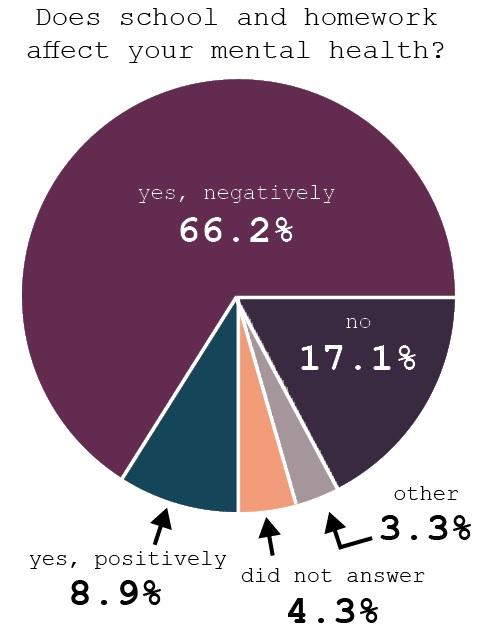

Within the high school, the administration has made efforts to increase awareness and availability of tools that will help students to get a handle on their mental health.
This school year, Kopacko joined the team of guidance counselors as a prevention specialist and Nikki Farson has been added as a freshman-only counselor. Sophomores were introduced to a program that trained them in how to deal with mental health crises with themselves and with others.
On January 3rd, the Wadsworth Board of Education recommended that the district hire a Student Well Being/Mental Health Coordinator that will provide prevention and education services, provide case management and therapeutic intervention, and develop school-wide projects addressing mental health.
“The job position is going to most likely be filled by the beginning of next school year, so in August of 2022,” Kopacko said.
The Bruin survey is not the only study done that demonstrates the increasing numbers of students experiencing anxiety, depression, and other mental health challenges.

“Quoting a pre-pandemic study, one in three teenagers ages 13-18 suffer from an anxiety disorder and now those numbers are going even higher,” Sekharia said.
As there becomes an increase in the number of teenagers suffering from mental illnesses, there is an increase in treatments and programs.
“We want to show kids that talking to a counselor is not a bad thing and that we are here to help, again trying to break down the stigma that is around mental health or mental illnesses in general,” Kopacko said.
The fear that students have of talking to counselors is not something that is subjected to just them but also to staff as well.
“When I first went [to counseling], I did not know how to deal with a counselor,” said Chris Sieber, assistant principal at Wadsworth High School. “I grew up where if you have problems, you just deal with them.”
Adults within the school district are speaking up on their mental health to let students know that they are not alone in their struggles.
“This was a constant struggle and I still struggle, however I am in a much better place,’’ said Becky Roe, ED. Aide at WHS. “Thanks to new medications and seeing counselors.”
Many early-sign symptoms of mental illness are seen at WHS. 40.7% of students experience a reduced ability to concentrate, 41% have low energy and significant tiredness, 20.8% felt themselves withdrawing from family and friends, and 33.1% spent a greater time worrying or feeling guilty.
“If we want to see these numbers decrease, we need to create awareness,” Sekhsaria said, “Then educate students and also family members on the signs of mental illness.”
Parental support is something that Sekharia believes will help reduce the number of students who already have or are developing a mental illness.
“We should train parents on the signs of mental illness so that if they see a changed behavior with their child, if the child is avoiding activities at school, avoiding school, grades dropping, many visits to the school nurse, constant tiredness these are the signs to a parent that could point to something being wrong,” Sekharia said.
However, giving parents the early signs of a mental illness is only part of the way to solve the problem.
“Letting parents and students know that there is help available, we need to get rid of the stigma of asking for help,” Sekharia said.
ADMAH board funds sophomore mental health program
BY HALEY REEDY
Wadsworth High School’s sophomore class is the first to undergo lessons on how to better cope and understand mental health in themselves and others.
The Wadsworth staff members teaching these lessons are Sara Kopacko, WHS’s prevention specialist, Nikki Farson, the new ninth-grade counselor, Micheal Sladky, WHS’s health teacher, and Beth Beal, a retired middle school counselor who has come back into the classroom to teach the sophomores the course.
The program is used to train students on how to deal with a mental health crisis, whether it be a friend experiencing the crisis or the student themself. At the end of the program, students become certified to aid in a mental health crisis.
The booklets used to teach the classes are filled with information on what to do if a student notices a friend in a crisis whether it be from trauma, self-harm, bullying, or other forms of violence. The program is currently only available to the current sophomore class and the classes are taught during the 5th-period academic lab.

“The grant is good for two years so the current sophomores go through the program and the current freshman will go through the program next year as well,” Kopacko said. “It is going to become a cycle where every sophomore will have done the program.”
There have been several mixed feelings coming from the students who have been taking this class.
“It was helpful for people going through a challenge but I didn’t find it helpful for me,” said Bree Talabac, sophomore.
Pictures and diagrams are used throughout the booklet and the in-class lessons to demonstrate the types of help. Along with the factors that increase students’ likelihood of a mental health challenge, how to reach out to a friend, and how to recover.
“It was helpful, but it was repetitive,” said Taylor Turner, a sophomore who has gone through the program. “It was things we’ve already learned [in middle school].”
Descriptions of mental health disorders and symptoms are illustrated for students in an attempt to grasp the appropriate ways to handle them if they are experiencing that disorder.
The book that is used for the program is called “Teen Mental Health First Aid USA” and it has many different websites and resources for sophomores to use.
“Our main goal is to create available and accessible treatment regardless of pay,” said Tiffany Shelton, Planning and Program Director of the Medina ADAMH Board.
According to the ADAMH Board’s Community Boards Booklet, the goal of the programs that they provide is to create a safe and healthy environment across Ohio for those seeking treatment for mental illness and substance abuse.
“The initial amount we requested was $27,795; however, after the initial award amount we were given $40,000 from ADAMH,” said Sara Kopacko, Wadsworth High School’s new prevention specialist.
All of the school districts in Medina County have ADAMH as a resource to use at their school.
Included schools are Brunswick, Cloverleaf, Highland, Medina, and Wadsworth. Each district has a different set of programs that it uses based on the funds in each respective region.
More than a game: the mental health of student-athletes
BY JULIA SWAIN
In a survey done at Wadsworth High School, 55.9% of students shared that sports have had a positive impact on their mental health, while only 7.8% shared that sports have had a negative impact. This is in heavy contrast to collegiate athletes, as there is an exponential increase in reported instances of the negative effects on student-athletes at the collegiate level as opposed to the high school level.
One of the major issues behind these instances is the lack of help that athletes seek for a variety of reasons. It is shown that only ten percent of collegiate athletes seek help for these concerns, while thirty percent of non-student athletes seek help for their own concerns.
Jessica Churbock, the sports physical therapist at Akron Children’s Hospital, shared her views on why athletes are so hesitant to seek help for their mental health concerns.
“I think sometimes there is a lack of knowledge surrounding the resources that are available to those suffering from mental health concerns,” Churbock said. “That paired with any cultural stigmas regarding mental health issues can limit access. Also, the age-old athlete mentality of ‘no pain, no gain’ I think sometimes keeps people from asking for help.”
Zach Humrichouser, cross country and track coach at Wadsworth, shared the changes in the mental health of athletes he has seen over the past few years.
“I would say one of two changes that I see is with social media becoming more prevalent [resulting in] athletes really starting to kind of compare themselves to what they see other people do,” Humrichouser said. “I think some of that has good things that you can learn from other people but I think we see ‘oh what I’m doing maybe isn’t enough, or what they’re doing is so perfect’ when in reality they’re struggling just as much as you or I are.”
Additionally, Humrichouser shared the impact he believes COVID-19 has had on the athletes’ willingness to participate in sports that they maybe were once fully committed to.
“I think honestly I’ve seen people more on the fence,” Humrichouser said. “They just are almost unsure of what they want to do next.”

He then shared the importance of a strong mindset in sports.
“I think mental health is huge [in sports],” Humrichouser said. “I think with running [specifically], it’s so easy to go into it and almost kind of just give up and get down on yourself because it’s hard.”
While the percentages in the mental health survey show the positive effects that sports have had for a majority of athletes at Wadsworth, collegiate numbers suggest the exact opposite. 84% of National Collegiate Athletic Association (NCAA) athletic trainers reported seeing diagnosed anxiety disorders in their athletes. If that number is not daunting enough, a study done by the Atlantic Coast Conference (ACC) reported that approximately 47% of athletes experienced burnout over the course of their collegiate career.
For collegiate athletes, the sport that was once a release sometimes feels like a chore, and with the risk of losing their scholarship, the stress manifests itself in an increased risk of anxiety and depression. A study done by the Clinical Journal of Sports Medicine revealed that approximately 21% of athletes reported feeling symptoms of depression.
The question is, how do we fix the stark contrast between the collegiate and high school numbers? Andrea Wieland, Associate Athletic Director for Sports Performance at Penn State University shared her opinion in Penn State’s student newspaper, Penn Today on what she believes to be one solution for improved mental health for collegiate athletes.
“We can celebrate and be joyful in their prowess without dehumanizing them as only performers,” Wieland said. “I think that’s where a lot of mental health issues can arise, the disconnect of the fact that these are people first and we have to treat the whole person, and then we can look at athletic performance.”
Humrichouser also explained the importance of building a support system as an athlete.
“You can train on your own, but it’s doing that for an extended period of time, I think over the last couple of years, we’ve definitely seen the importance of having a community, having athletes and coaches to be around consistently,” Humrichouser said. “I think you definitely see the value of that, especially in today’s culture.”
Possibly hereditary: mental illness is found in the genes.
BY CHLOE PORTER
Mental health can often be caused by someone’s family life. There are two ways that families can cause mental illnesses which includes genetically caused variations that are passed down or by an adult having it and then inducing it through their actions.
“Part of it can be biological; we know that some of it is genetic,” said Rikki Patton, Ph.D., marriage and family therapist at Family Connection of Wadsworth.

There are a few mental illnesses that have been diagnosed to be hereditary in many cases. These include attention deficit hyperactivity disorder (ADHD), Bipolar Disorder, Schizophrenia, and Major Depression. In a study published by the National Institutes of Health they have found variations in two genes of code among people who had been diagnosed with one of these five disorders compared to someone who had not.
According to the National Institutes of Health these two gene codes help to regulate the amount of calcium neurons receive, which in turn, affects people’s mental state. Small variations were found in the gene code CACNA1C which has been proven to be linked to schizophrenia, bipolar disorder, and depression. Not only can family mental health be caused by genetic variation, but also by it being modeled in a family.
“Substance use and mental health, which we can clump together, do run in families,” Patton said.
Therefore, just like substance abuse, mental health can depend on what prior generations have done. For example, if a parent has issues dealing with anxiety it can be passed on to their children. This is often why therapists recommend having parents come in for a session when a teen is going to counseling. It is often helpful to understand where kids may have developed their illness from.
Patton expressed that many teens that she sees often have had mental health issues modeled for them such as struggling to deal with anxiety. Although it is not the parent’s fault for experiencing something like anxiety, it does guide the therapist in assessing what could help the child. This is known as the multi-generational transmission process.
It is important that all generations of a family seek help from therapists such as Patton so that future generations may not be affected by their families mental health as severely. It is never too late to reach out to a professional whether someone is a teen or an adult.


![Wadsworth High Hosts 2024 Commencement Ceremony [Photo and Video Gallery]](https://wadsworthbruin.com/wp-content/uploads/2024/05/IMG_3914-e1716990261188-1200x741.jpg)

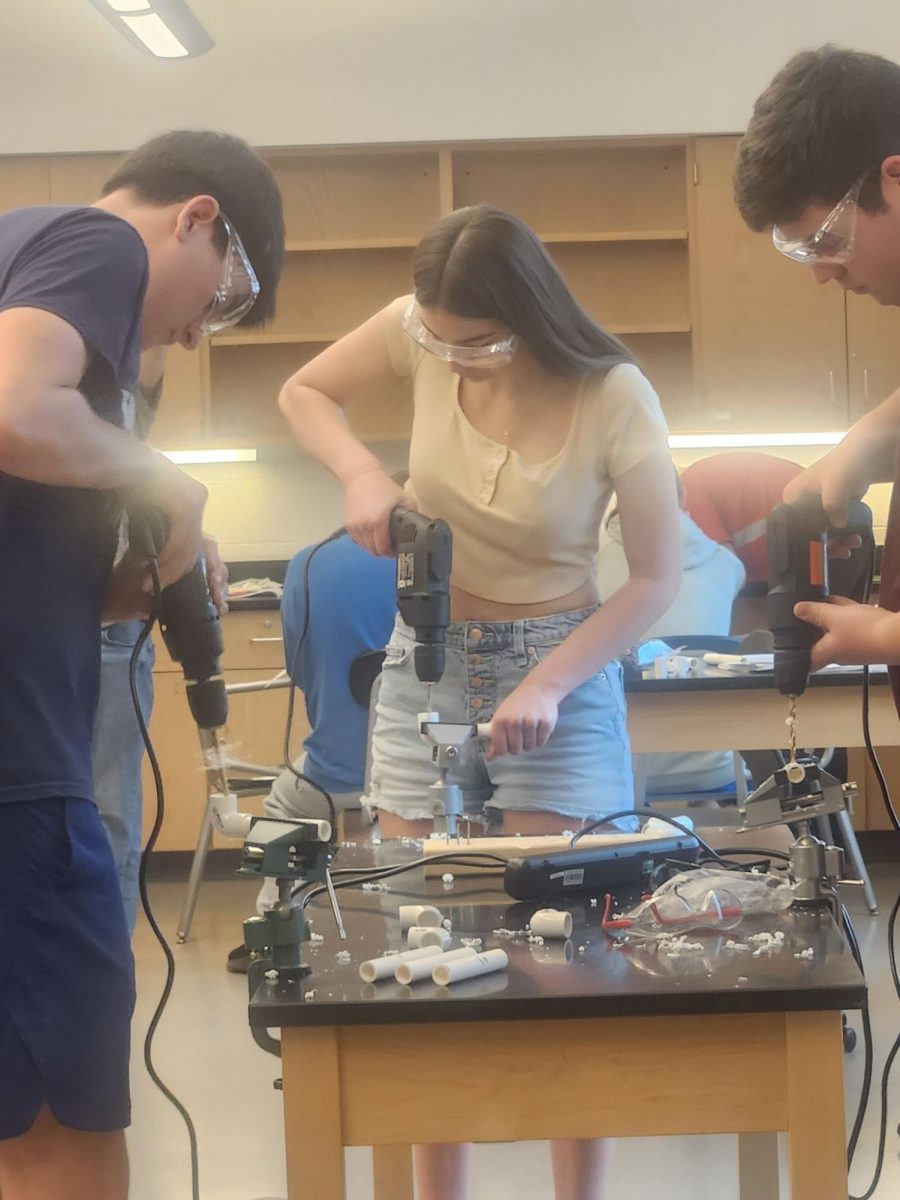

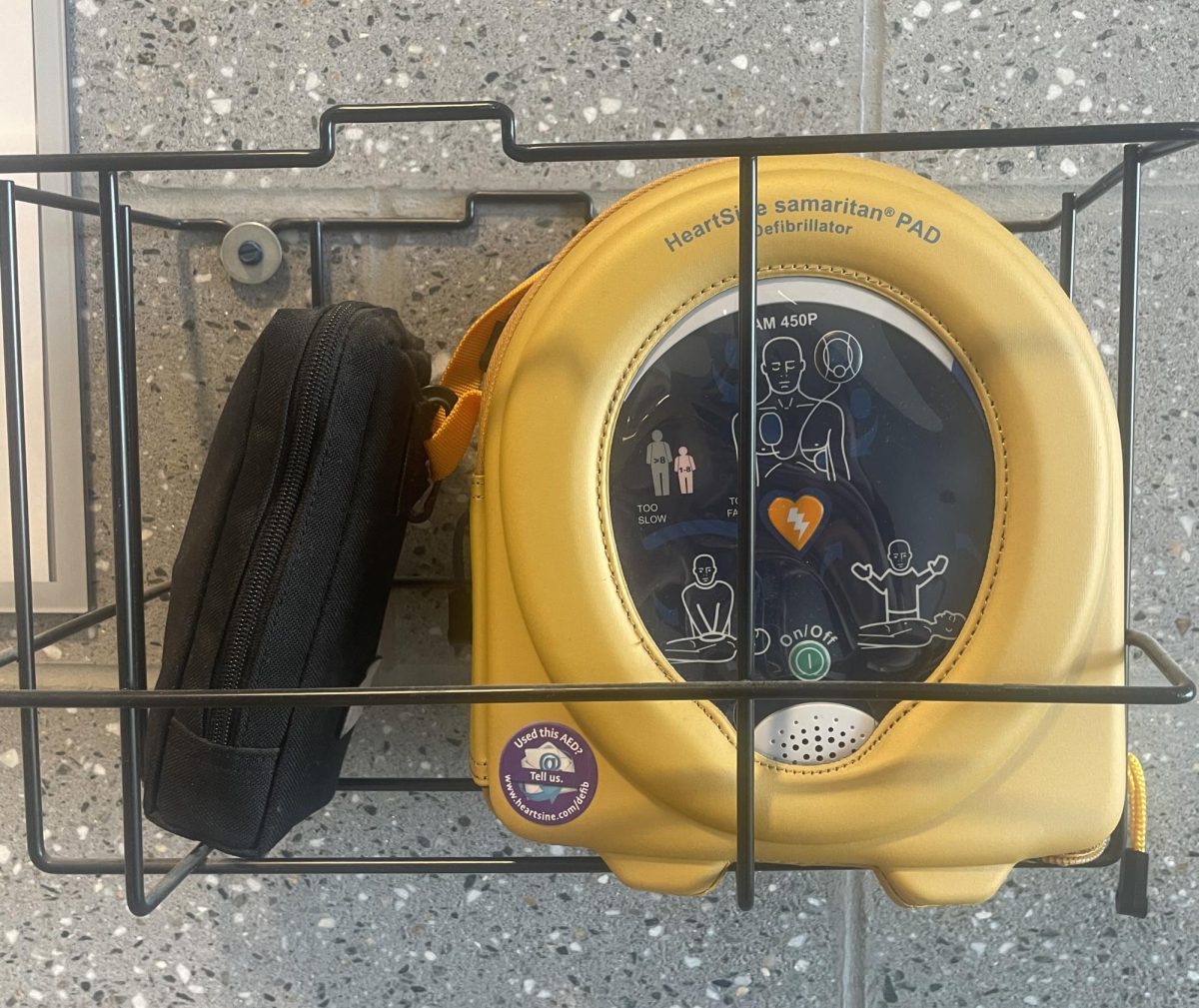


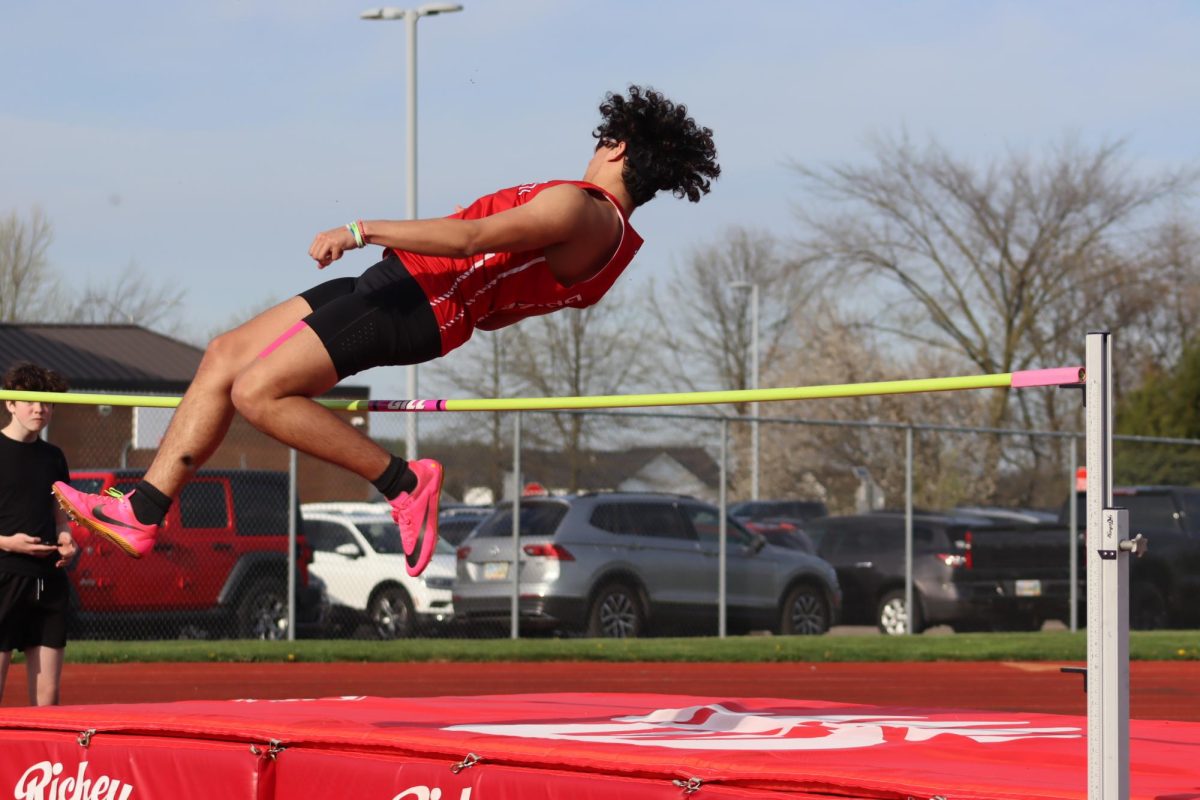


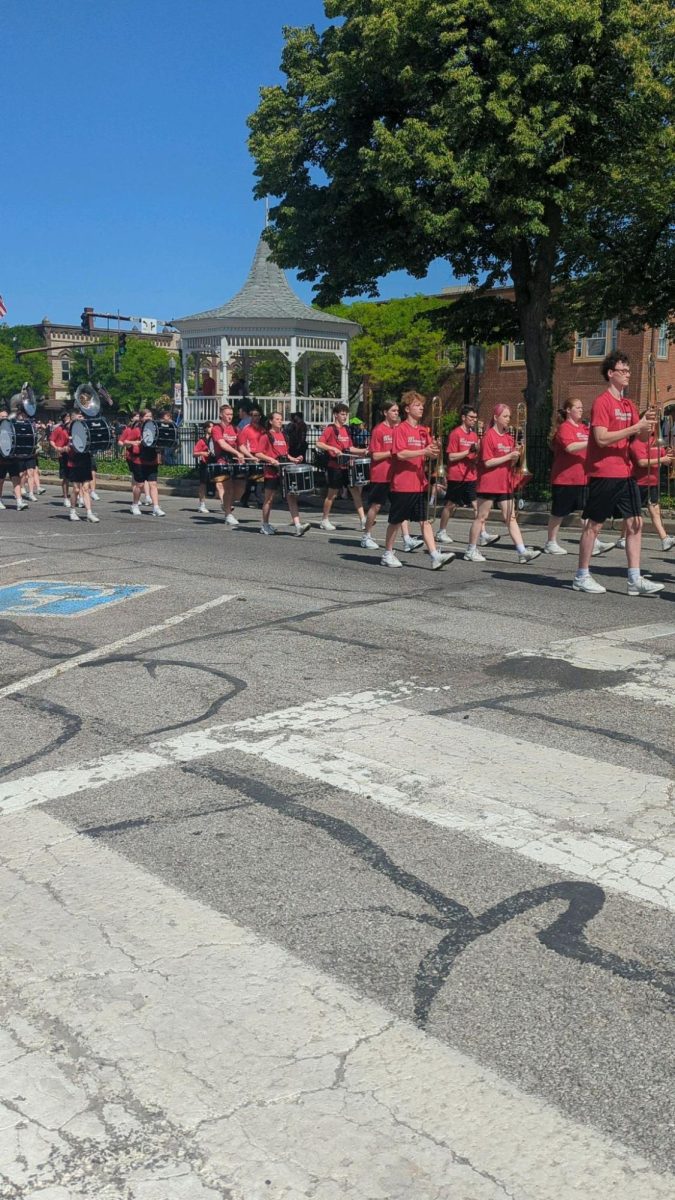





![Wadsworth High Celebrates Prom 2024 [Photo Gallery]](https://wadsworthbruin.com/wp-content/uploads/2024/05/IMG_2372-1200x800.jpg)
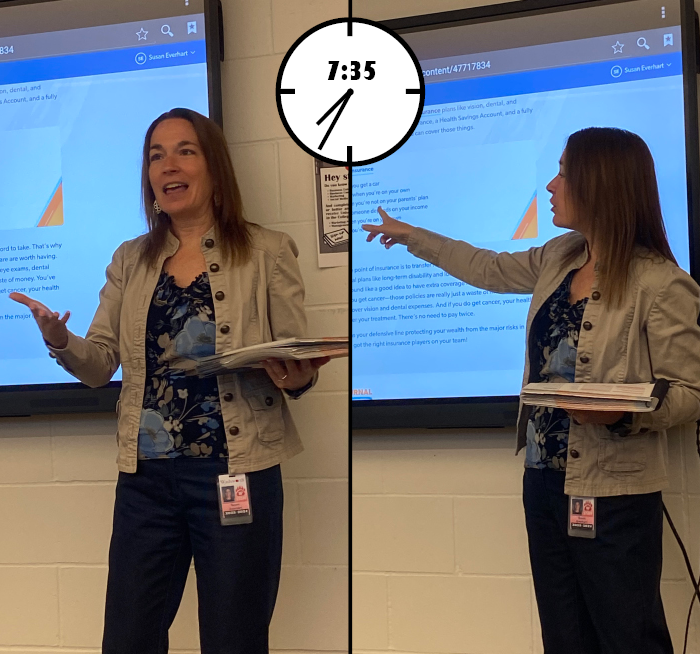






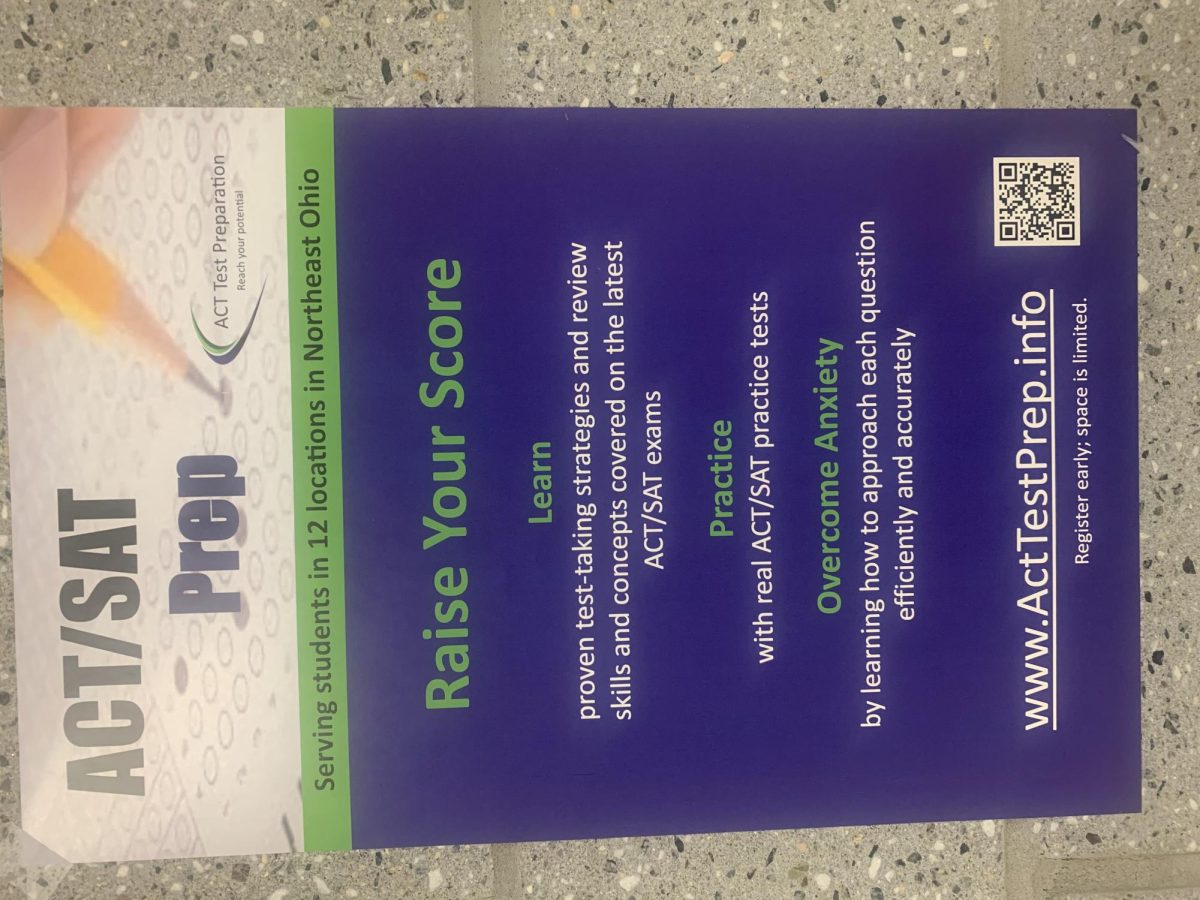




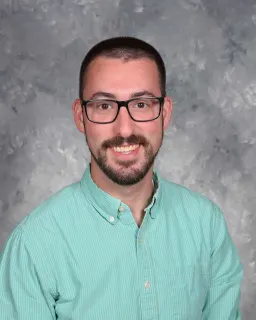
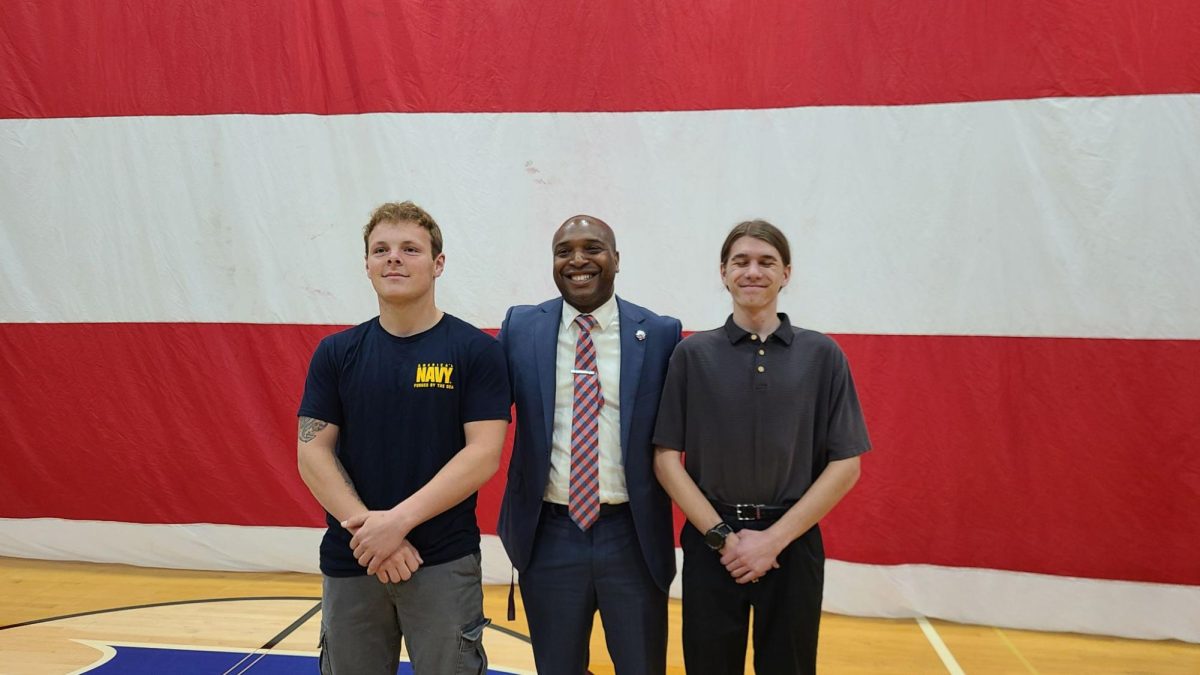

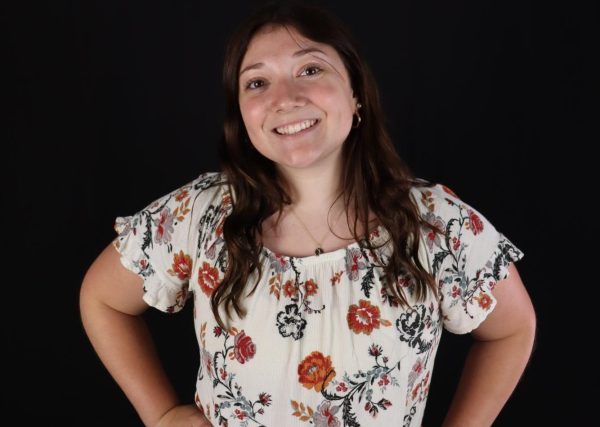
Joanne Schroeder • Jan 31, 2022 at 9:47 am
As a retired Elementary School Counselor and grandparent of an upcoming WHS student I am pleased to see the work and concern being devoted to mental health issues in Wadsworth. As we know they are everywhere and indeed, not all wounds are visible. Thank you for your efforts. Joanne Schroeder